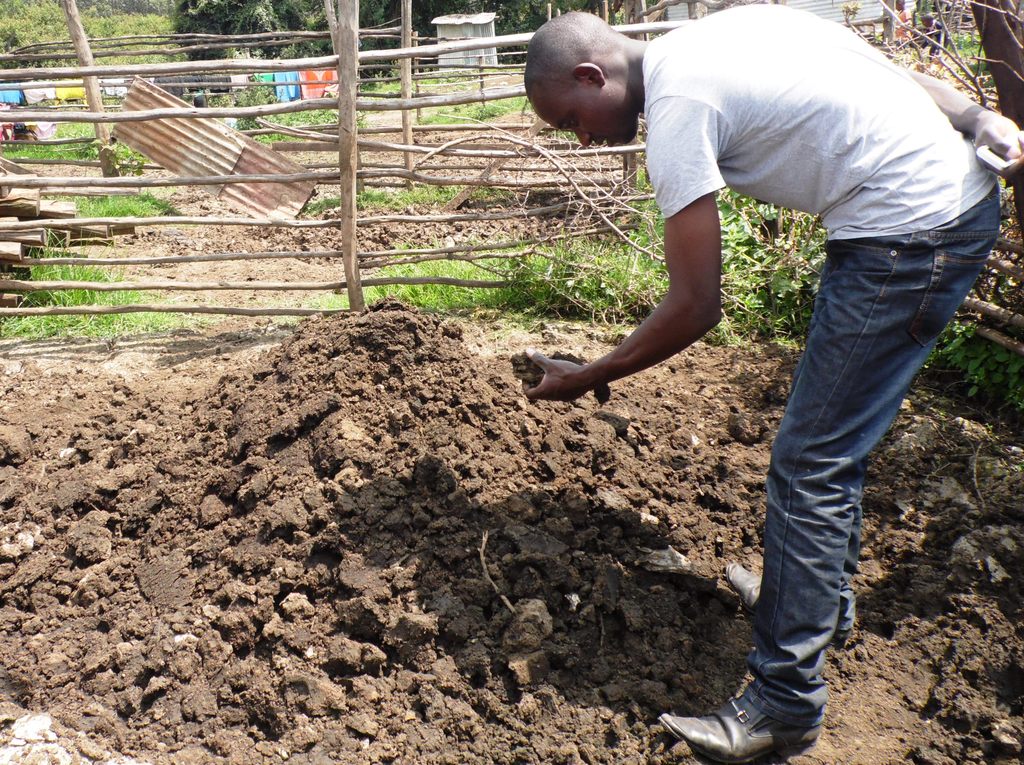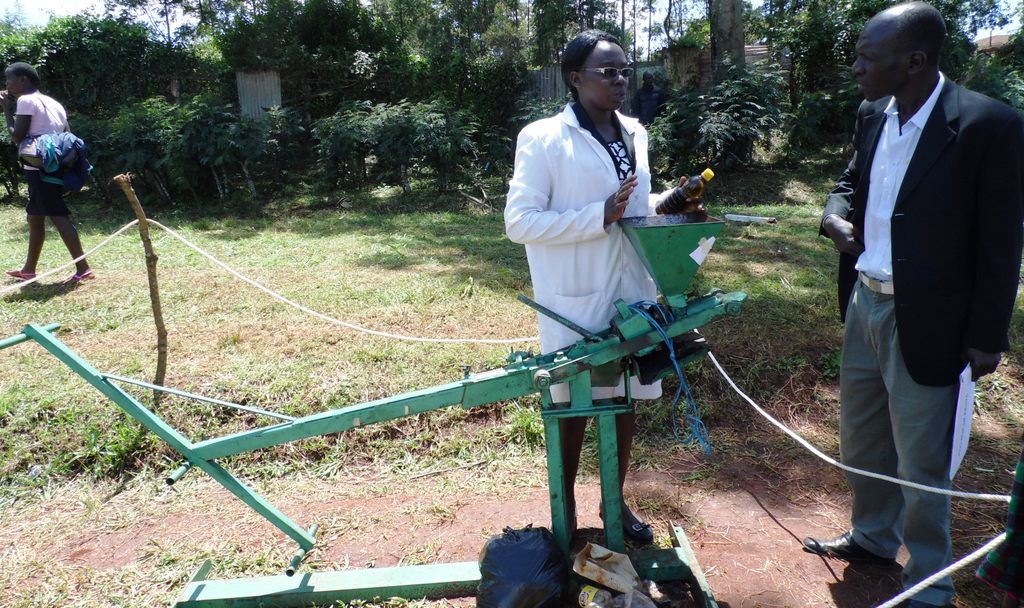
Although ecological farming is not one of the 2015 Sustainable Development Goals, it can play a pivotal role in combating hunger and climate change and its impacts by 2030.
Zero hunger and climate action are numbers two and 13 respectively in the 17 SGDs list, which the world hopes to achieve by 2030.
According to Greenpeace International, a British-based environmental movement, ecological farming combines modern science and innovation to produce, while respecting nature and biodiversity.
It is one of the ways into health food and sustainable development because it creates resilience by strengthening agriculture while limiting climatic change factors.
Environmental Performance Index 2016 ranked Kenya at number 123 out of 180 countries, with a score of 62.4 per cent. One of the reasons for the poor ranking is intensive industrial agriculture. Ecological farming is not only fruitful to the environment, but also reduces production costs for agribusinesses.
Continuous increase of the population strains environmental resources, therefore, affecting their availability.
Global Footprint Network estimates that in every eight months, the demand for renewable resources is higher than what the planet can provide for a year. Conversely, the carbon dioxide reduction is slow too over the same period, a factor that is accelerating global warming.
Jodie Gummow, a senior fellow at AlterNet, puts the danger of strained demand to perspective with statistics showing 86 per cent of the world population lives in countries that require more than the ecosystem can provide.
In this regards, sustainable practices like ecological farming is one of the solutions to a food secure and developed planet.
Ecological farming involves the use of cover crops, organic manure, mulching, crop rotation, inter-cropping, zero tillage in maintaining soil fertility and managing weeds and pests.
Examples of companion crops are beans, strawberry, cucurbits, cucumber, squash, fruit trees, tomatoes and cabbage.
Furthermore, using livestock manure as fertiliser and crops as feeds is a show of mutual benefit farming.
Recycling weeds and other organic wastes into manure may save a farmer about Sh7,000 that could have been spent on DAP and CAN fertilisers for growing and topdressing -respectively- one acre of maize per season.
In addition, integrated pest management practices like growing Mexican malgold species, which repels most vegetable pests, reduces the cost of pesticides and chemical residue in the food. Pesticides and fertilisers residues deteriorate the environment.
In Kenya, ecological farming could earn up to three times as much as the ones using chemical inputs, according to Greenpeace Africa.
Records show that in India, the cost of cultivation has been brought down, with farmers savings between Sh915 and Sh9,158 per hectare on chemical pesticides.
Even with the vast benefits of ecological farming, Kenya is still stuck in conventional farming practices.
This is evident from a recent letter by smallholder farmers to stakeholders.
It reads: “We, as Kenyan farmers and consumers, call upon the government and the international donors to listen to our demands, to move away from conventional agriculture and support ecological farming.”
John Vidal, an environment editor at Guardian, says that ecological farming systems are not only a recipe for sustainable food systems, but also diverse diets and improved health.
Furthermore, well-structured policies on actionable goals and measurable indicators of sustainable development are necessary. Industrial agriculture is extremely unsustainable and hazardous. It cannot solve the food and climate change crises. Ecological farming is the best alternative. Let’s promote it.
Mercy A. Onyango is a final year MSc Agriculture and Applied Economics student at the University of Nairobi.
She is working with farmers in Nandi County.
Write comment (0 Comments)
















